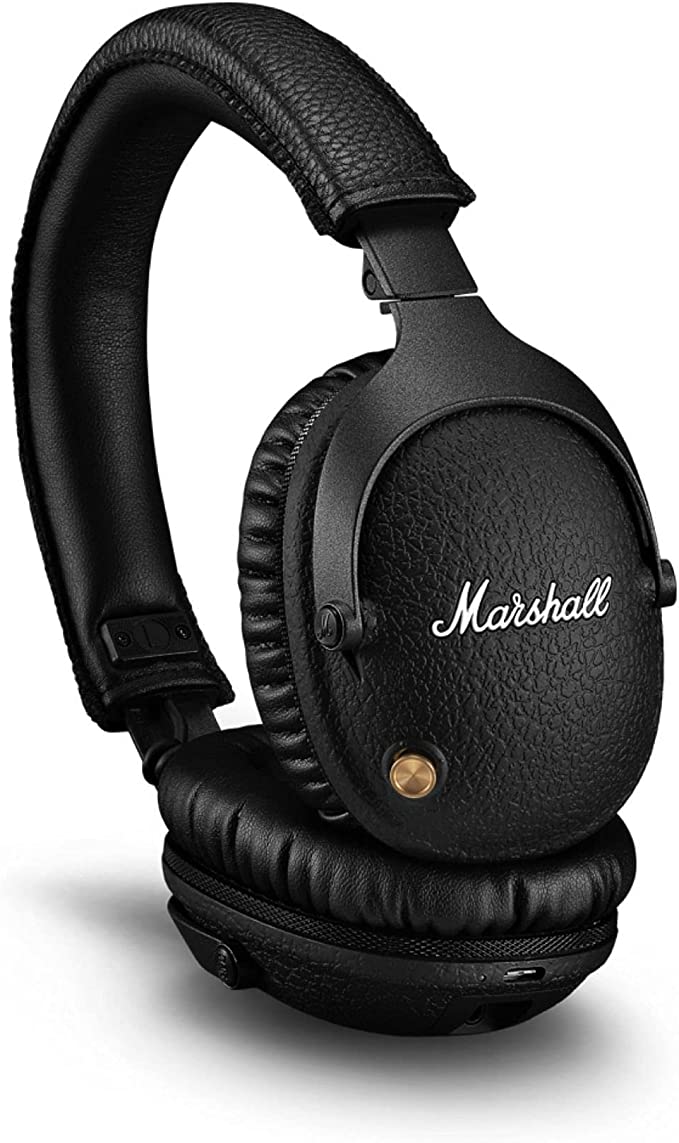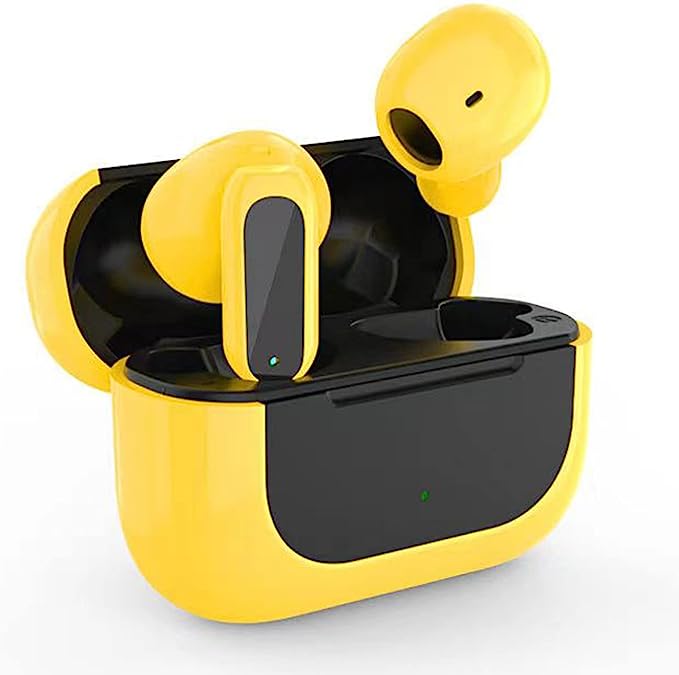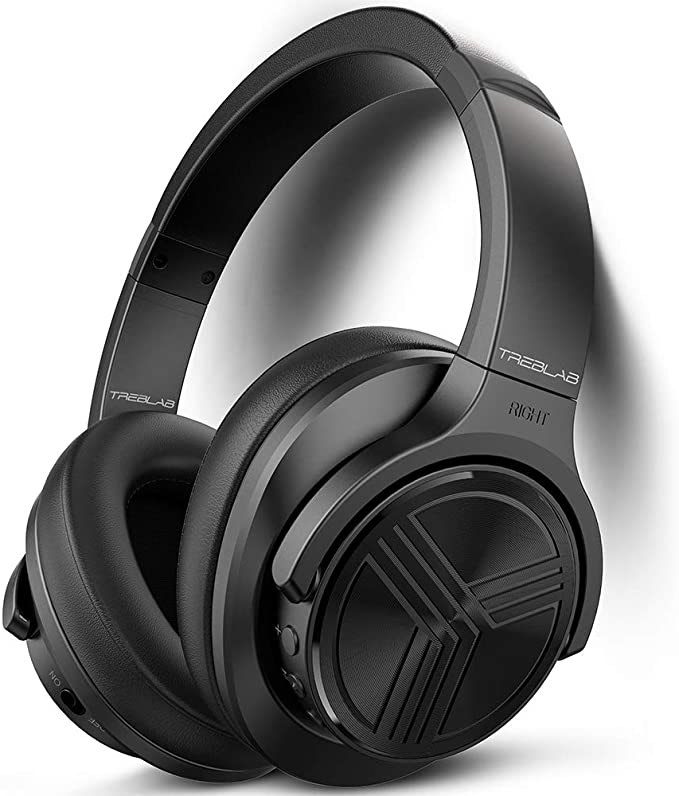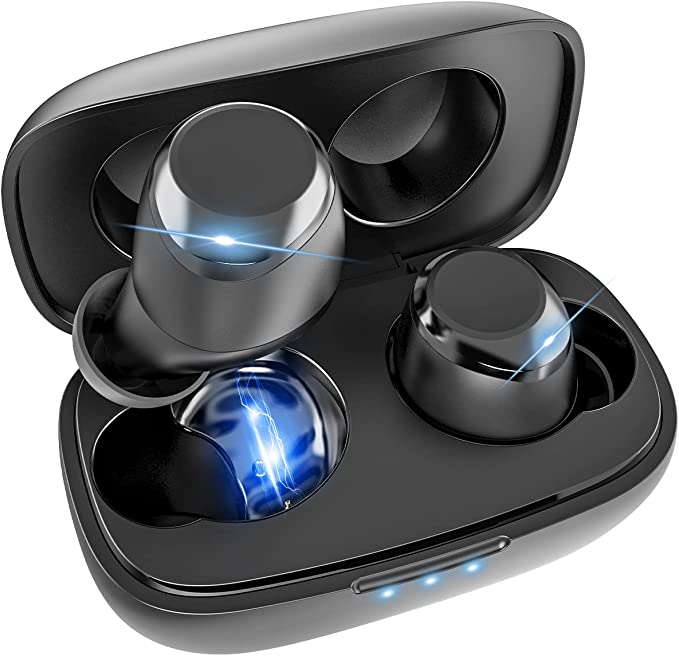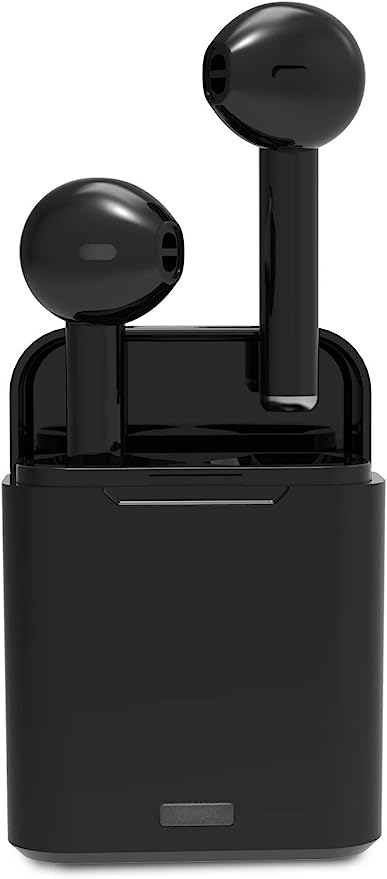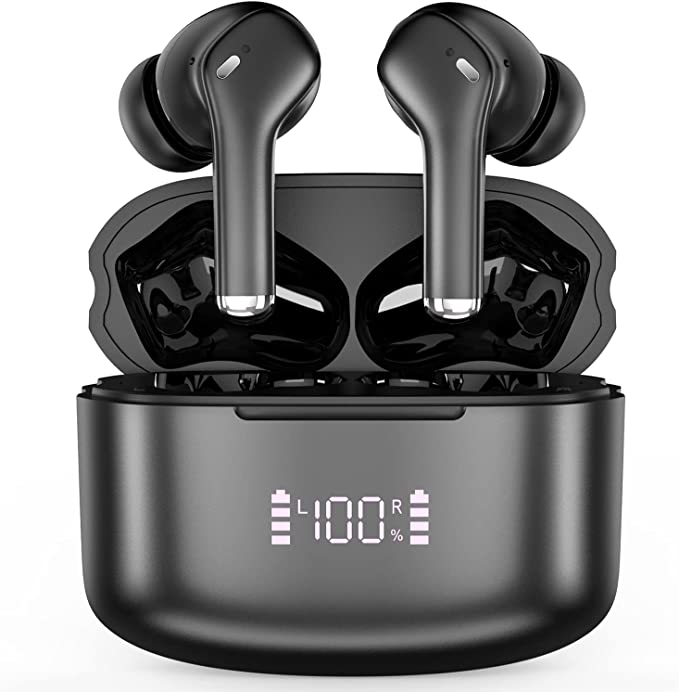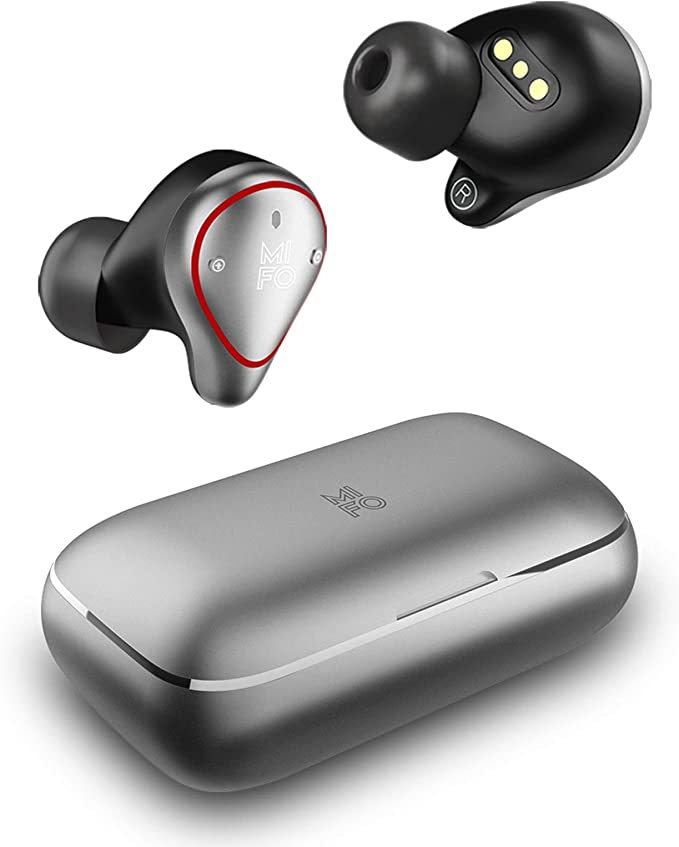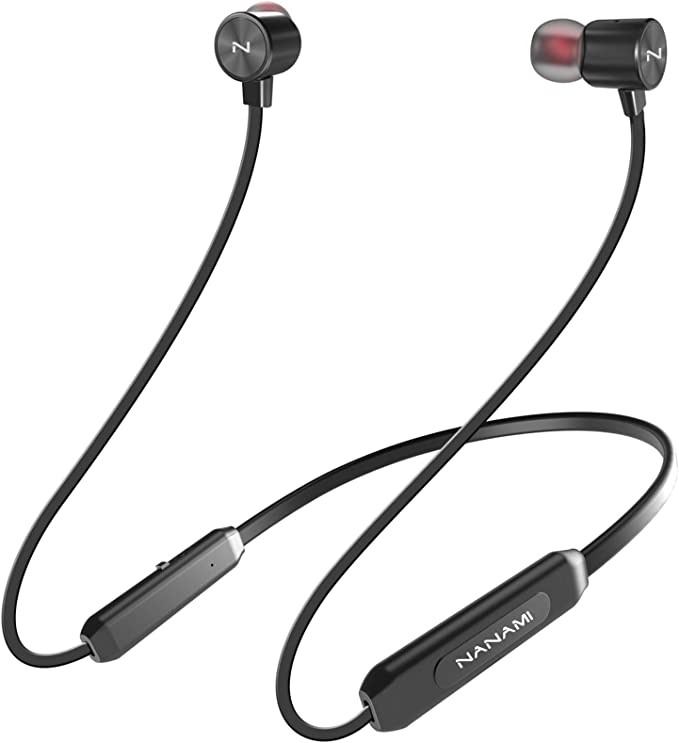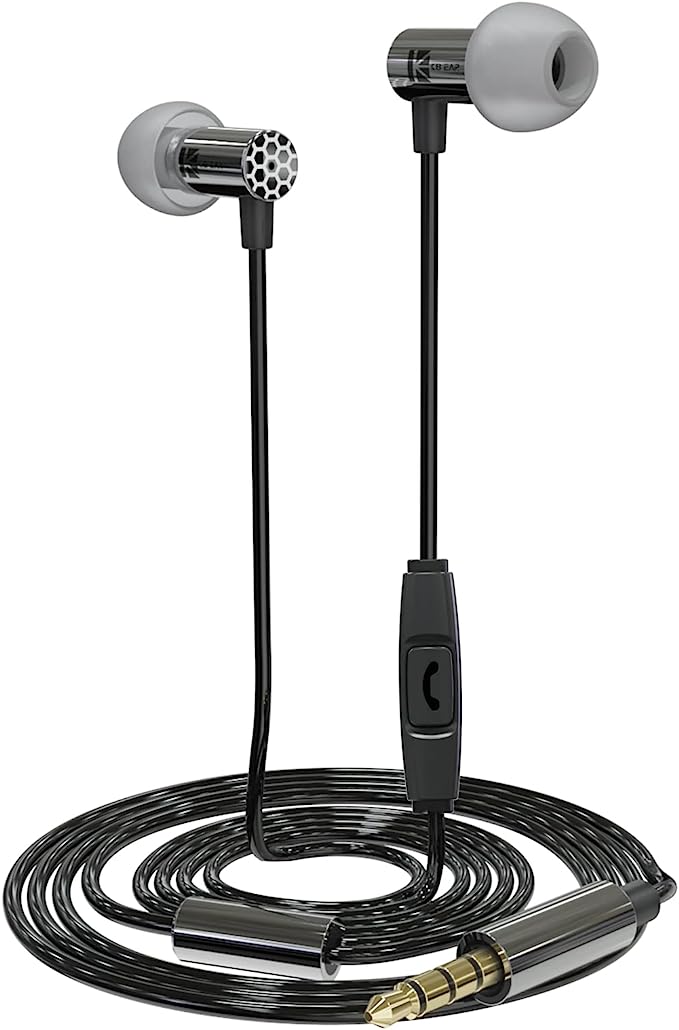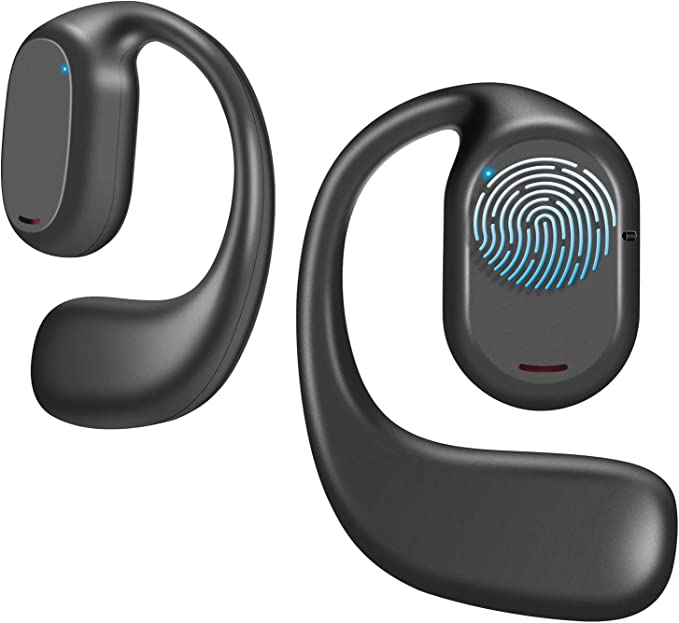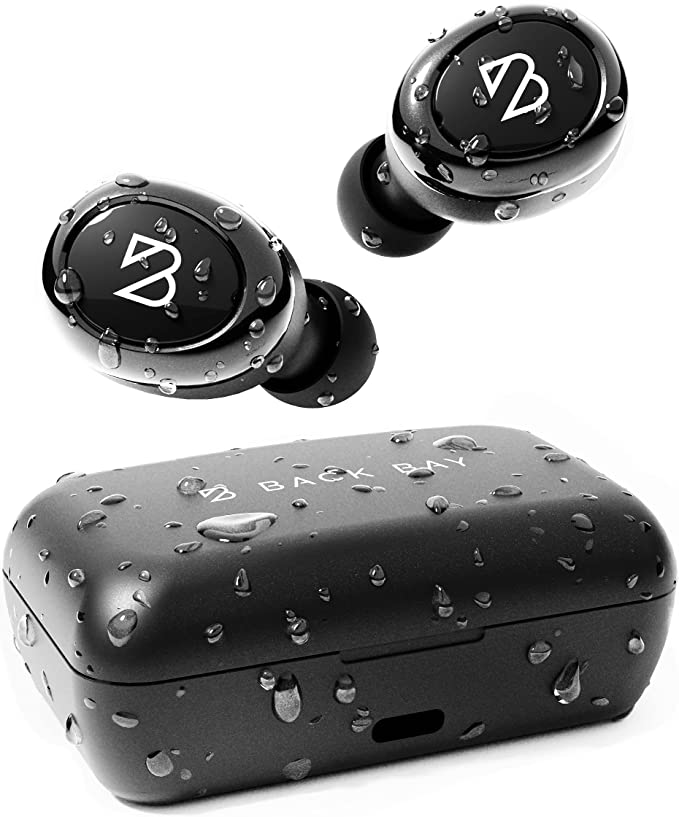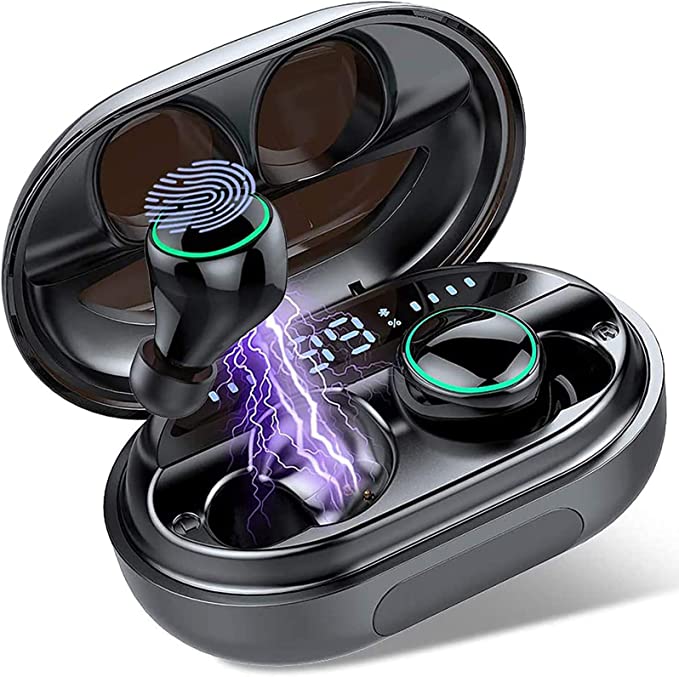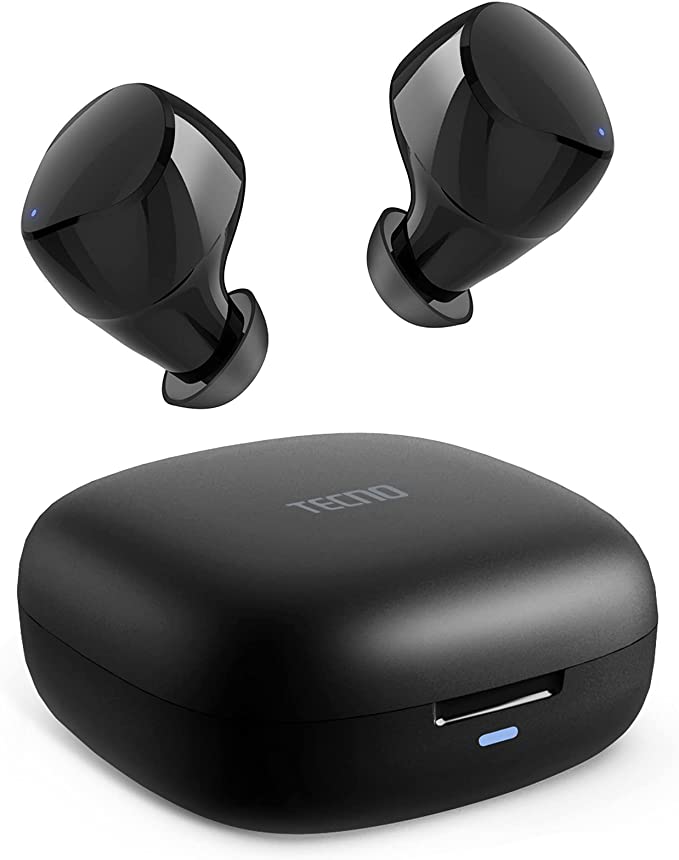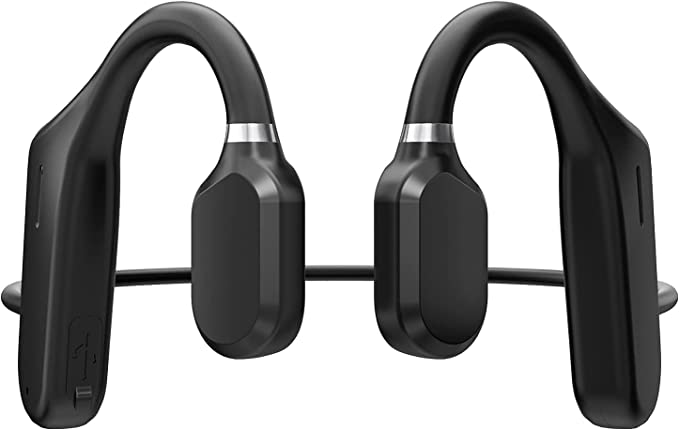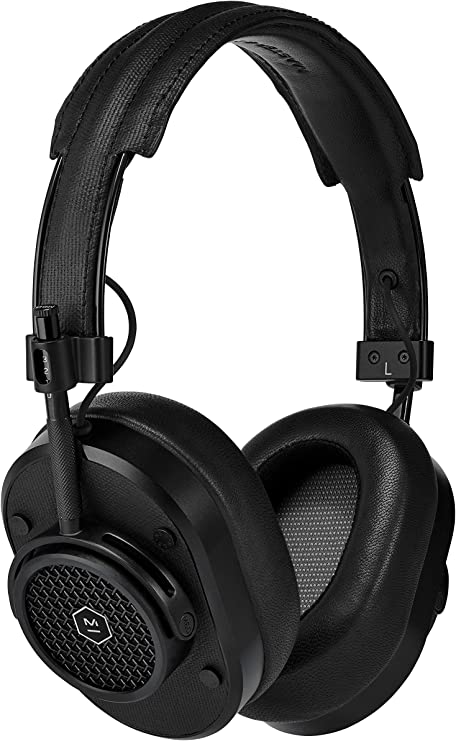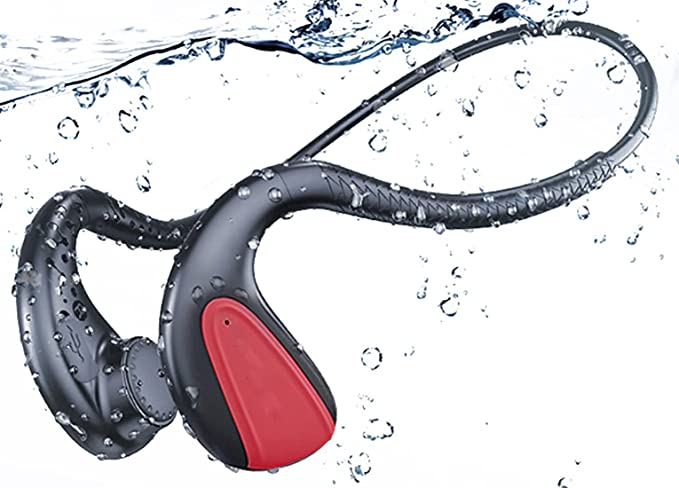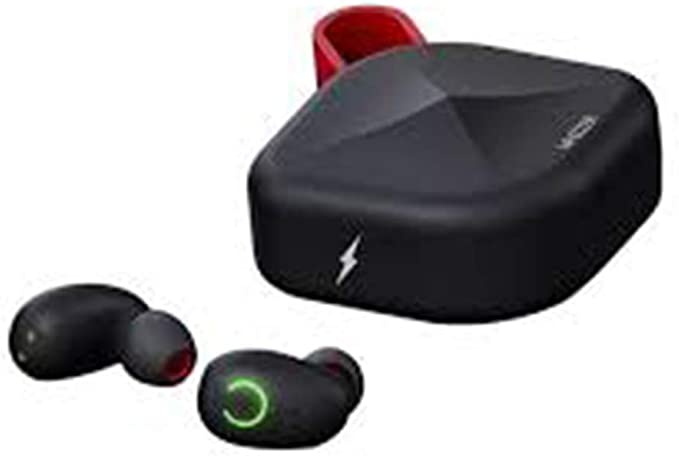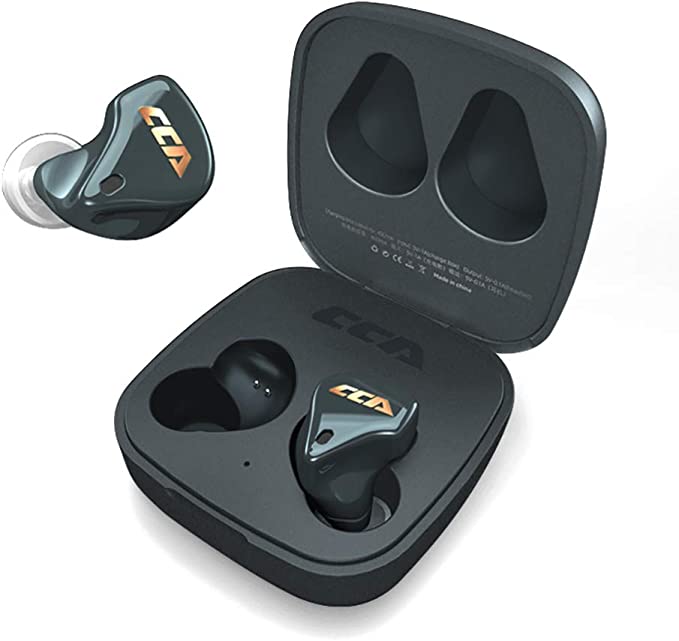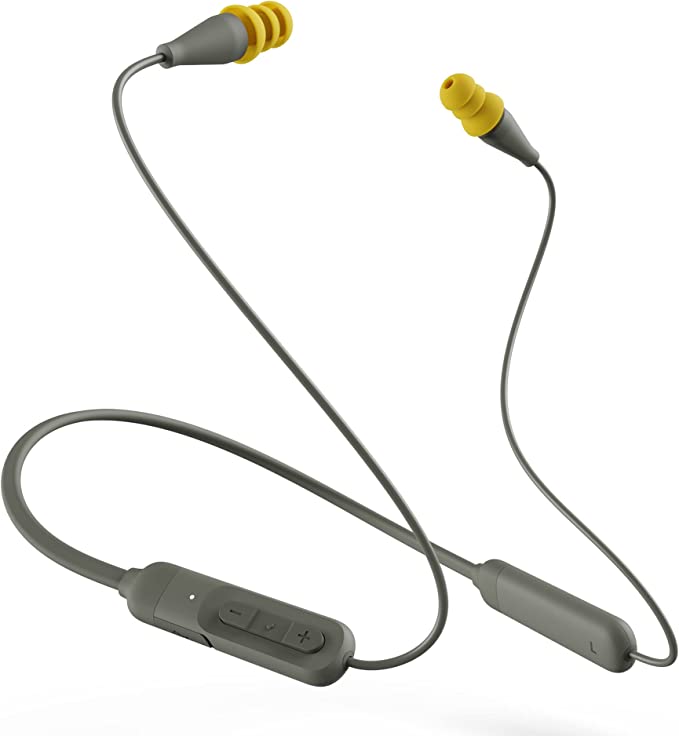Sony WH-CH510 Wireless Headphones: A Marvelous Melody Machine for Music Mavens
Update on June 30, 2025, 11:38 a.m.
If you search for the Sony WH-CH510 headphones online, you might find yourself in a bit of a fog. You’ll see listings mentioning its successor, the WH-CH520, in the same breath. You’ll read about a modern USB-C charging port. You might come away thinking you know the product, but the details are often a blurry composite of different models. This confusion isn’t a fault of the headphones, but a symptom of the fast-paced, iterative world of consumer tech.
So, let’s do something different. Let’s treat this not as a review, but as a technological excavation. Armed with the official model number—WHCH510B_K1—we will dig past the noise and uncover the precise science and engineering that made this specific model a quiet bestseller. What we’ll find is not a story of bleeding-edge specs, but a masterclass in practical, purposeful design.

The Marathon Runner’s Heart: Deconstructing 35 Hours of Power
Many of us remember the era of the Walkman, tethered by wires and weighed down by a pocketful of AA batteries. The first wireless headphones promised freedom, but often introduced a new kind of leash: battery anxiety. The standout claim of the WH-CH510—up to 35 hours of playback—directly addresses this fear. This endurance isn’t just a bigger battery; it’s a symphony of chemistry and efficiency.
The core of this stamina lies in a technology that earned its creators the 2019 Nobel Prize in Chemistry: the Lithium-ion battery. Think of its internal structure as a microscopic, perfectly organized library bookshelf. Lithium ions are the “books” that move from one shelf (the anode) to another (the cathode) to release energy. What makes this design so remarkable is its incredible energy density. It can pack a huge number of these energy-releasing “books” into a very small, light space. This is the fundamental science that allows the WH-CH510 to weigh a featherlight 132 grams (4.66 oz) while still housing enough power to last through an entire work week.
But a powerful heart needs a frugal mind. The headphones pair this chemical engine with the intelligent power management of Bluetooth 5.0. This standard includes a feature called Bluetooth Low Energy (BLE), which acts like a meticulous butler for your battery. It maintains a strong, stable connection to your phone while sipping, not gulping, power, ensuring that almost every joule of energy is dedicated to producing sound.
Of course, even marathon runners need to rest. When it’s time to recharge, you’ll find a Micro-USB port. While its successor moved to USB-C, this was the universal standard in 2019 when the WH-CH510 was released. Acknowledging this, Sony’s engineers included a crucial lifeline: a quick-charge function. A mere 10-minute charge provides up to 90 minutes of playback, a practical feature that can easily save the day during a busy morning.

The Physics of Freedom: Untangling Bluetooth 5.0
Wireless audio can feel like magic, but it’s just elegant physics. Bluetooth operates in the crowded 2.4 GHz radio frequency band, the same digital space occupied by Wi-Fi routers, microwaves, and countless other devices. To deliver a clear, uninterrupted signal through this cacophony, it performs an invisible, high-speed dance.
This dance is called Frequency-Hopping Spread Spectrum (FHSS). Imagine you and a friend are trying to have a private conversation in a massive hall filled with hundreds of other loud conversations. Instead of staying in one spot and shouting, you both have a secret schedule to jump between 1,600 different empty rooms, 1,600 times every second, continuing your conversation piece by piece in each new room. This is precisely how Bluetooth avoids interference. By rapidly hopping between frequencies, it creates a robust and private channel for your music.
Once this stable channel is established, a digital translator, or codec, gets to work. The WH-CH510 supports both SBC (the universal standard) and AAC (Advanced Audio Coding). Think of SBC as a competent, universal translator that gets the job done. AAC, however, is a more fluent and efficient translator, especially when communicating with Apple devices, which use it as their native language. This results in audibly better sound quality for iPhone and Mac users, a significant detail often lost in basic spec sheets. It’s this combination of nimble frequency hopping and fluent translation that provides the clear, stable connection for both music and hands-free calls.
The Art of Sound and The Science of Silence
At the heart of any headphone are its drivers—the components that turn electricity into sound. The WH-CH510 uses a pair of 30mm dynamic drivers. The principle is wonderfully simple and has remained unchanged for a century. An electrical signal flows through a coil of wire attached to a lightweight cone, or diaphragm. This coil sits in a magnetic field. As the current fluctuates with the rhythm of the music, it creates an electromagnetic force that pushes and pulls the diaphragm, making it vibrate like a tiny, incredibly fast drum skin. These vibrations create the pressure waves in the air that our ears perceive as sound.
Now, we must have an honest conversation about a frequently misunderstood term: noise cancellation. The WH-CH510 provides excellent Passive Noise Isolation. The soft, on-ear cups act as a physical barrier, like cupping your hands over your ears. They effectively block out a good deal of high-frequency sounds, like the chatter of a coffee shop.
This is fundamentally different from Active Noise Cancellation (ANC), a complex technology that uses built-in microphones to listen to outside noise (like the low-frequency rumble of a plane engine) and then generates an opposite sound wave to electronically erase it. The exclusion of ANC in the WH-CH510 is not an oversight; it is a deliberate engineering trade-off. It’s a choice that keeps the headphones lightweight, affordable, and power-efficient. The resulting sound is clear, present, and perfectly suited for podcasts, calls, and most popular music—a sonic profile intelligently matched to its purpose and price.
Conclusion: The Triumph of Mature Technology
The Sony WH-CH510 is not a showcase of futuristic, groundbreaking invention. Its genius lies elsewhere. It is a testament to the power of perfecting what already works. It’s an impeccable orchestration of mature, reliable technologies—the established chemistry of lithium-ion, the refined physics of Bluetooth 5.0, and the time-honored principles of acoustic engineering.
In an industry obsessed with the next big thing, the WH-CH510 makes a quiet, confident case for the value of “good enough.” Perhaps the best way to think of it is as the Toyota Corolla of headphones. It won’t turn heads with flashy styling, and it won’t win a drag race against a high-performance sports car. But it is flawlessly dependable, incredibly efficient, and does its job so well that it seamlessly fades into the background of your life. It proves that sometimes, the most profound innovation isn’t about reinventing the wheel, but about crafting it so perfectly that it empowers everyone to move forward, untethered and uninterrupted.
